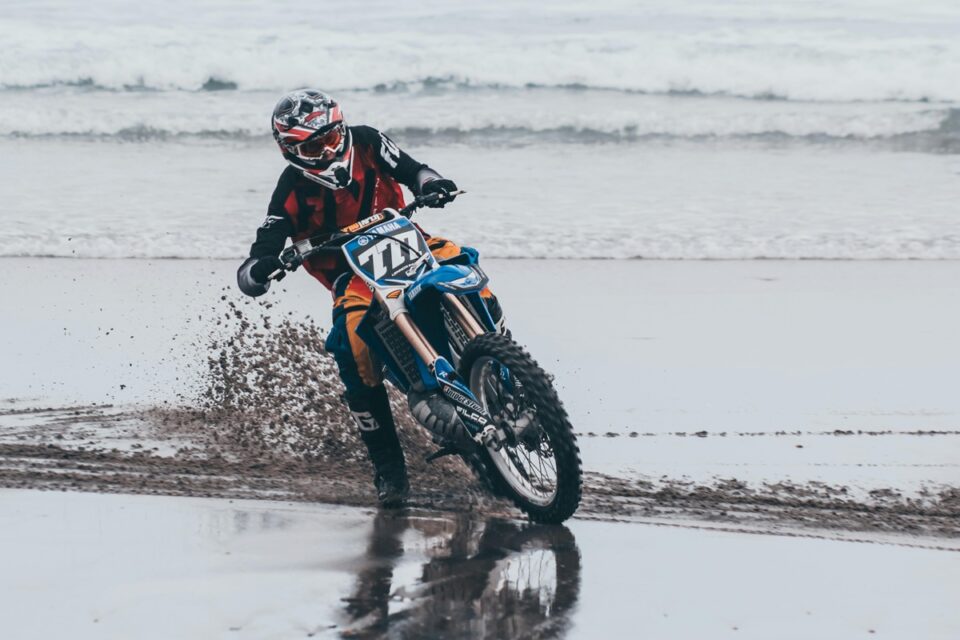There’s something undeniably thrilling about owning a motorcycle. The roar of the engine, the freedom of the open road, and the lifestyle that comes with it attract riders from all walks of life. Whether you’re a first-time buyer or a seasoned enthusiast looking to upgrade, one key question always comes up: When is the best time to buy a motorcycle? Believe it or not, timing your purchase can make a big difference in price, availability, and the overall buying experience.
Here’s a guide to help you understand the motorcycle market’s seasonal trends and how to get the most value—whether you’re shopping for a brand-new model or a gently used ride.
The Motorcycle Market Is Seasonal
Unlike cars, motorcycles are highly influenced by seasonal factors. Demand surges during the warmer months—especially spring and early summer—when the weather is ideal for riding. During these peak seasons, buyers flood the market, inventory moves quickly, and prices tend to be at their highest.
Dealerships are aware of the high demand during peak riding season and typically avoid offering significant discounts at that time. While you’ll find the widest selection of bikes during these months, you’re also more likely to pay full price and face stiffer competition from other buyers.
New Models and Year-End Closeouts
Motorcycle manufacturers usually release new models between August and October, which leads to dealerships pushing out older stock at discounted prices. If you don’t need the latest model, you can score a great deal on last year’s version that’s still brand-new. These year-end closeouts are one of the most overlooked opportunities to save significantly on a motorcycle.
As 2024 models begin arriving in the fall, dealerships often reduce prices on remaining 2023 inventory to make room for the new stock. These are still in pristine condition and come with full manufacturer warranties—making them an ideal option for value-conscious buyers.
Used Motorcycle Buying: Timing Still Matters
If you’re in the market for a used motorcycle, timing your purchase can also work in your favor. Late summer and early fall are peak times for private sellers to list their bikes. Many riders prefer to sell before the off-season to avoid winter storage and maintenance costs. This is when you’ll find the most listings and have the best chance of negotiating a lower price.
However, when buying used, caution is crucial. Always verify the bike’s history before committing to a purchase. A Motorcycle VIN Check is a smart and important step—it helps you uncover details about past accidents, ownership history, title issues, recalls, and even theft records. It’s a simple way to protect yourself from buying a bike with a troubled past.
The Best Time to Buy: Fall and Winter
If your goal is to save money or negotiate a better deal, fall and winter are your best bets. As temperatures drop and riding becomes less appealing, dealerships experience a slowdown. Inventory sits longer, and sales targets still need to be met—making this a prime time for buyers to take advantage of reduced prices and increased willingness to negotiate.
Late fall, specifically from October through December, is often considered the “off-season” for motorcycle purchases. Many dealers want to clear out current year models to make space for incoming inventory. This means more room for bargaining, potential rebates, and promotional financing offers. Even private sellers are more likely to accept lower offers during this time, especially if they’d prefer not to store a bike through the winter months.
Consider Holiday Promotions
Dealerships frequently offer special promotions during major holidays such as Memorial Day, Independence Day, Labor Day, and Black Friday. These can be great times to buy, particularly if you’re looking for a specific model and prefer dealer support. Keep an eye on local dealership websites or sign up for their newsletters to stay informed about limited-time promotions, especially around the end of the calendar year.
Regional Factors Can Influence Timing
Your location also plays a role in determining the best time to buy. In colder regions where riding is limited during winter months, prices tend to drop sharply as the season winds down. This makes it easier to find the cheapest bike deals during the off-season. In contrast, areas with mild climates may not see the same dramatic shifts in pricing, though end-of-year dealer incentives still apply.
If you’re willing to shop out of state or online, you may even find it worthwhile to purchase a bike during winter from a colder region and ship it to your location. The savings can sometimes offset the cost of shipping.
Prepare Ahead to Move Fast
Regardless of when you plan to buy, it helps to be fully prepared. That means doing your research on brands and models, securing pre-approved financing if needed, and understanding the total cost of ownership, including insurance, maintenance, and gear.
Being prepared also allows you to act quickly when the right deal comes up—especially in the off-season, when bargains don’t always last long.
Final Thoughts
Timing your motorcycle purchase isn’t just about convenience—it’s about value. The best time to buy is typically when demand is low and sellers are motivated, which means late fall through winter is your window of opportunity. Whether you’re buying used or new, understanding seasonal trends, dealership incentives, and market behavior can save you hundreds—or even thousands—on your next ride.



